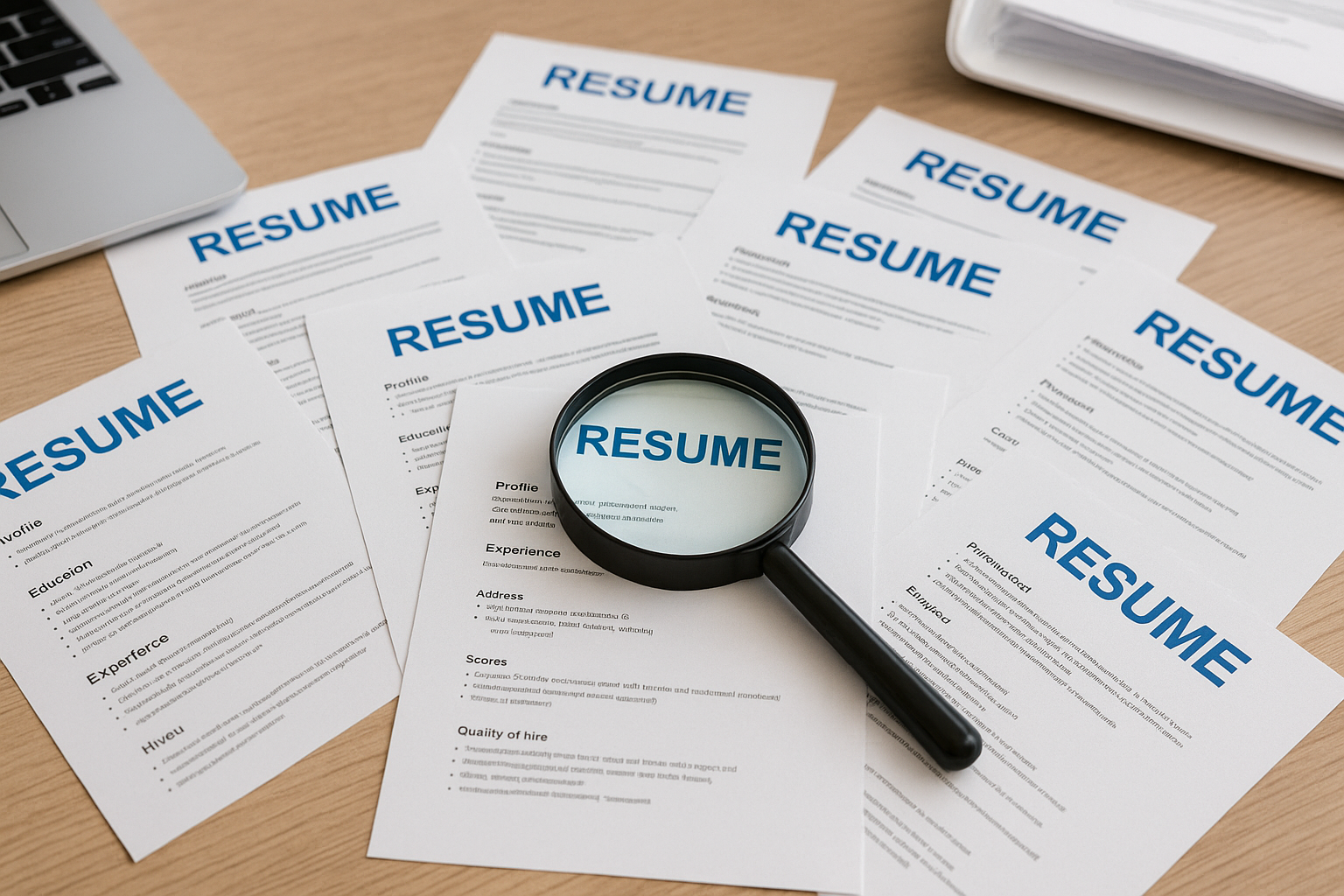In today’s rapidly shifting corporate world, HR positions are becoming more intricate and demanding. For those embarking on their HR career path, the need to strike a balance between employee satisfaction and available resources has never been more vital. Yet, this balancing act is further complicated when company management doesn’t provide adequate support or the tools required. This glaring oversight is clearer with new hires. Zippia found that only 10% of employees think that they had an effective onboarding experience, but poor onboarding doubles the chances of an employee looking for a job at another company. In light of these findings, it’s paramount for organizations to re-evaluate and fortify their onboarding processes. However, this is merely one of the myriad modern challenges HR professionals confront. Ensuring they not only retain talent but also foster an environment of growth and commitment from the outset has become essential in this evolving corporate landscape.
The seismic impact of the COVID-19 pandemic on the workplace has reshaped many facets of the HR field. Laura Fuentes, the chief human resources officer at Hilton, aptly expressed in a Business Insider article the post-pandemic challenges, stating, “For many companies, the biggest challenge will be to build a new and truly collaborative workplace experience in the post-COVID world.” This comment underscores the renewed urgency of fostering inclusive work environments. But with resources often being limited, how can budding HR professionals navigate these complexities effectively?
Diving Deeper into the Current HR Landscape
- Collaboration is Key: The role of those in HR positions isn’t just administrative; it’s about leadership and facilitating a space for collaboration. While tools and software can aid collaboration, fostering a culture where diverse thoughts, experiences, and perspectives are celebrated is the real challenge and opportunity.
- Empathy & Employee Needs: As emphasized by Gianna Driver, the chief human resources officer at Exabeam, “finding and keeping top talent” in this era requires a deeper understanding of employee motivations. Employees now desire workplaces where they can manifest their “inclusive, healthier, growth-oriented, and values-driven” aspirations. As you pave your HR career path, your ability to comprehend, communicate, and cater to these evolving needs can truly set you apart.
- Championing Diversity & Inclusivity: In today’s globalized world, employees are no longer looking at organizations as mere places of employment. They’re evaluating their potential workplaces for alignment with their personal values and beliefs. When we talk about championing diversity, it’s not just about filling quotas or ensuring varied representation. It’s about creating an environment where these varied perspectives are valued, nurtured, and leveraged for collective growth. Diversity in a workforce can lead to enhanced problem-solving capabilities, richer brainstorming sessions, and an improved understanding of a diverse customer base. Inclusivity ensures that every employee, regardless of their background, feels truly a part of the organization and its journey. This, in turn, leads to higher engagement levels, lower attrition rates, and an overall healthier workplace environment.
- Gen Z – The New Voice: Born in the digital age and having grown up amidst rapid technological advancements and global challenges, Gen Z possesses a unique blend of realism and optimism. Their experiences have made them champions of authenticity and transparency. Even more than previous generations, they often place a premium on open communication, environmental sustainability, and social justice. For HR professionals, it’s imperative to understand that attracting and retaining this generation of talent requires more than just competitive pay packages. It’s about creating workplaces where open dialogues are encouraged, where organizational actions align with their stated values, and where the business actively contributes to societal and environmental betterment. Listening to Gen Z voices doesn’t just future-proof a business; it invigorates it with fresh perspectives and innovative solutions.
- The Psychological Safety Net: Creativity and innovation are often born from trying, failing, learning, and iterating. If employees fear backlash or repercussions for taking risks or voicing unorthodox ideas, it stifles this cycle. A culture of psychological safety, on the other hand, fosters an environment where employees feel confident to share ideas, provide feedback, or even voice concerns without the fear of retaliation. This not only enhances creativity but also builds trust within teams. When employees believe they’re in a safe space, they’re more likely to collaborate effectively, leading to synergized efforts and improved results. For those in HR positions, building this safety net involves training leaders, encouraging open dialogue, and ensuring mechanisms are in place to address concerns without bias or prejudice.
Fundamental Strategies in Today’s HR
Lifelong learning is the new HR mantra. Continual adaptation through workshops, certifications, and networking keeps professionals ahead. Feedback mechanisms act as the pulse of an organization. It’s not just about gathering insights but truly valuing every employee’s perspective. In our tech-driven era, embracing advanced tools amplifies HR’s effectiveness. By forming strategic partnerships, such as collaborations with IT, holistic solutions can emerge. Furthermore, the post-pandemic world underscores the need for employee wellness. Implementing focused wellness initiatives boosts morale and satisfaction.
The journey on the HR career path, especially in the wake of the pandemic, brings its unique set of challenges. Expectations from HR professionals, particularly when pitted against resource limitations, can be overwhelming. However, understanding the transformed business landscape, coupled with a genuine desire to create a harmonious workplace, can make a difference.
For those in HR positions, the opportunity lies in embracing these challenges, adapting to the new norms, and finding innovative solutions even within constraints. By being proactive, keeping the lines of communication open, and being committed to continuous learning, young HR professionals can indeed create workplaces where employees feel valued, supported, and inspired. The journey might be challenging, but with passion and perseverance, a fulfilling and impactful HR career awaits.
Sources:
Lebowitz, S. (2023, January 9). HR execs open up about the biggest challenges that will define 2023. Business Insider. https://www.businessinsider.com/hr-execs-the-biggest-workplace-challenges-of-2023-ibm-hilton-2023-1#laura-fuentes-the-chief-human-resources-officer-at-hilton-creating-an-inclusive-work-environment-4.
Kolmar, C. (2023). 75+ Essential Human Resources Statistics [2023]: Figures, salaries, and stats. Zippia. https://www.zippia.com/advice/human-resources-statistics/.



